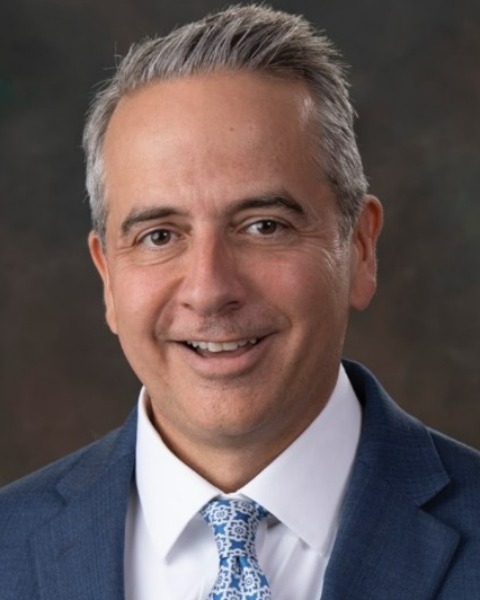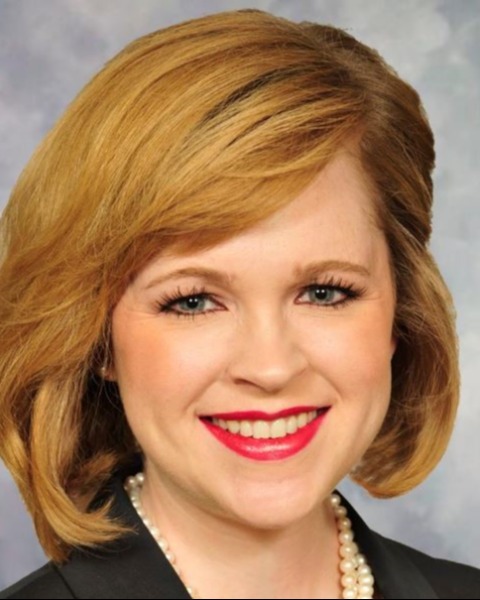Back
Transforming Patient Care
E4: Disciplined Access-to-Care Leadership and Governance
Tuesday, October 8, 2024
8:00 AM - 9:00 AM MST
Location: 707/709/711

Jessica Hazard, MPH
Senior Director
Optum Advisory
Mack Howell, Ed.D, MBA, MA
COO
Owensboro Health Medical Group
Ashlyn Knaur, MSHA, MBA
Manager
Optum Advisory
Speaker(s)
Eligible for: ACMPE: 1 | ACHE: 1 | CEU: 1 | CME(AAPC*): 1 | CPE: 1.2 | PDC: 1
Traditional | Intermediate | Analysis
Owensboro Health Medical Group (OHMG), part of a large health system in Kentucky with more than 230 providers (about half are advanced practice providers), was struggling to meet patient demands for ambulatory care despite high wRVU productivity. Significant specialty and provider autonomy resulted in overly complex scheduling templates and a liberal template management process. This, compounded by provider/staffing shortages and a lack of access governance and dedicated leadership made it difficult for patients to easily access care. OHMG partnered with Optum to evaluate access to care performance and to assist in implementing an access governance structure and a dedicated access to care leader and team. This session outlines the structure of access governances and the elements required for success. The session will detail the significance of a dedicated patient access leader, job responsibilities (both transformational and foundational), supporting team structure and how the access team leader integrates into a broader leadership/operations team.
Traditional | Intermediate | Analysis
Owensboro Health Medical Group (OHMG), part of a large health system in Kentucky with more than 230 providers (about half are advanced practice providers), was struggling to meet patient demands for ambulatory care despite high wRVU productivity. Significant specialty and provider autonomy resulted in overly complex scheduling templates and a liberal template management process. This, compounded by provider/staffing shortages and a lack of access governance and dedicated leadership made it difficult for patients to easily access care. OHMG partnered with Optum to evaluate access to care performance and to assist in implementing an access governance structure and a dedicated access to care leader and team. This session outlines the structure of access governances and the elements required for success. The session will detail the significance of a dedicated patient access leader, job responsibilities (both transformational and foundational), supporting team structure and how the access team leader integrates into a broader leadership/operations team.
Learning Objectives:
- Breakdown the specific functions of an access-focused governance committee, including awareness of the specific steps to establish one and achieve provider buy-in and engagement
- Organize dedicated access-to-care leadership to foster improved operational and financial performance of practices
- Examine how access governance and dedicated access leadership were established in an employed multispecialty medical group, including timeline, key stakeholders involved and prioritized objectives
